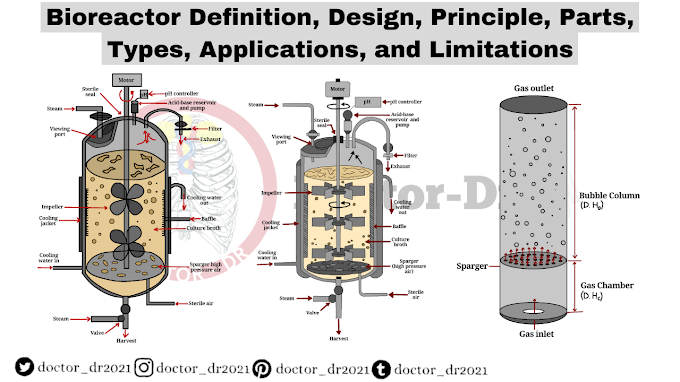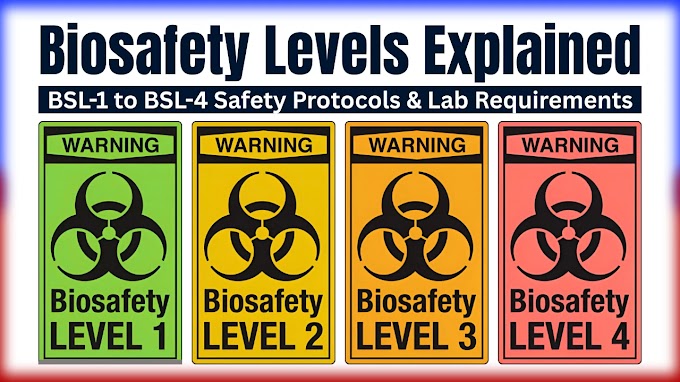Highly pathogenic H5N1 avian influenza (HPAI H5N1) poses a minimal risk to the general public, thanks to effective treatments and vaccines currently available or under development. However, the National Institutes of Health (NIH) emphasizes the importance of monitoring the virus closely to respond swiftly to any potential changes.
Current Situation of HPAI H5N1
Since its emergence in 1996, HPAI H5N1 has affected at least 23 countries, causing widespread infections among birds and sporadic outbreaks in humans. By late 2021, the virus spread from Europe to North America, reaching South America by 2022. It has since impacted wild birds, poultry farms, and marine mammals, leading to significant ecological and economic damage.
In 2024, the virus was identified in U.S. dairy cows, spreading to herds in 16 states and causing human cases of infection. The United States reported 66 confirmed and 7 probable human cases in 2024, with one case in Canada. Most cases were linked to the strains circulating in birds (D1.1) and dairy cows (B3.13).
Key Strategies for Controlling H5N1
Experts at the National Institute of Allergy and Infectious Diseases (NIAID) stress four critical steps to address this outbreak:
1. Collaborative Efforts Across Sectors
Effective collaboration among healthcare providers, veterinary medicine experts, occupational workers, and public health agencies is essential. Building trust with affected communities and ensuring proper care for symptoms like conjunctivitis are key. Encouragingly, most human cases in the U.S. have been mild, resolving without medical intervention.
2. Enhanced Surveillance and Genomic Monitoring
Surveillance systems must focus on detecting viral mutations that could lead to human-to-human transmission. Rapid sharing of genomic sequencing data is vital to track the virus’s spread and identify mutations that could increase its affinity for human respiratory cells.
3. Advancing Vaccines and Treatments
Continued development of vaccines and antiviral therapies is crucial. Current vaccine candidates effectively neutralize circulating H5N1 strains, while antiviral medications help mitigate transmission and disease severity.
4. Preventive Measures for High-Risk Groups
Individuals working with poultry, cows, or other susceptible animals should adhere to strict safety protocols. Personal protective equipment (PPE) and occupational risk education, as recommended by the CDC and USDA, can significantly reduce exposure risks.
Future Directions and Public Health Recommendations
The collective implementation of these strategies aims to accelerate the understanding of how HPAI H5N1 spreads, evolves, and impacts humans and animals. While the risk remains low, public awareness and adherence to preventive measures are crucial to maintaining control over the situation.
Frequently Asked Questions (FAQs)
Q: Is HPAI H5N1 dangerous to humans?
A: While most human cases in the U.S. have been mild, ongoing surveillance ensures that emerging mutations are detected and addressed promptly.
Q: How can I protect myself if I work with birds or mammals?
A: Use personal protective equipment (PPE) and follow all safety guidelines provided by public health authorities.
Q: Are vaccines available for HPAI H5N1?
A: Yes, current vaccine candidates effectively target circulating strains, and further advancements are underway.
Source:
NIH/National Institute of Allergy and Infectious Diseases. (2025, January 2). Officials assess threat of H5N1 avian flu. ScienceDaily. Retrieved January 3, 2025 from www.sciencedaily.com/releases/2025/01/250102162519.htm








